Breakfast bars are a great place to start your day, but it's easy for the wall underneath to get scuffed and dirty from swinging feet. So how can you protect it from the scuffs and dirt it might encounter? Well, we've researched in depth some ways you can protect the wall under a breakfast bar.
There are several ways you can protect the wall under a breakfast bar:
- Use tile
- Add backsplash
- Use temporary wallpaper
- Carpet squares
- Wood planking
- Beadboard
- Scuff resistant paint
As you can see, there are many ways you can protect the wall under your breakfast bar, but keep reading as we explain how to do each one below! We'll also answer some other questions you might have about breakfast bars.
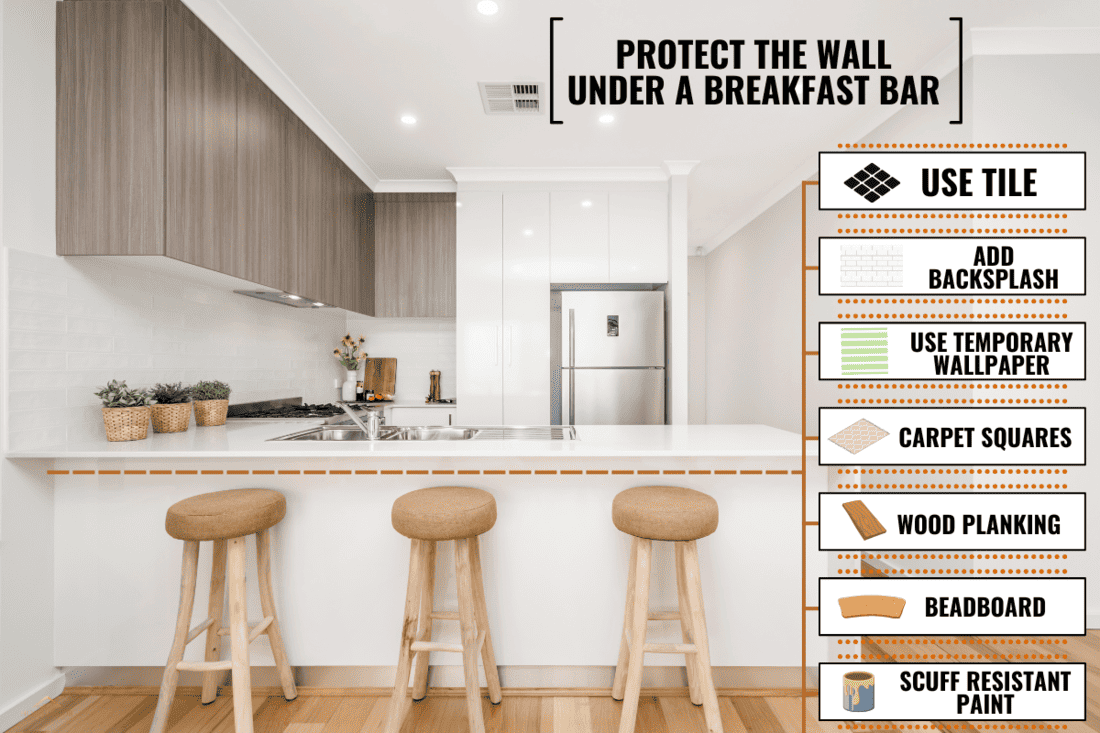
Ways To Protect Your Breakfast Bar Wall
We sometimes add affiliate links and content that was curated and created by our team with the help of advanced ai tools to help showcase the best design styles.
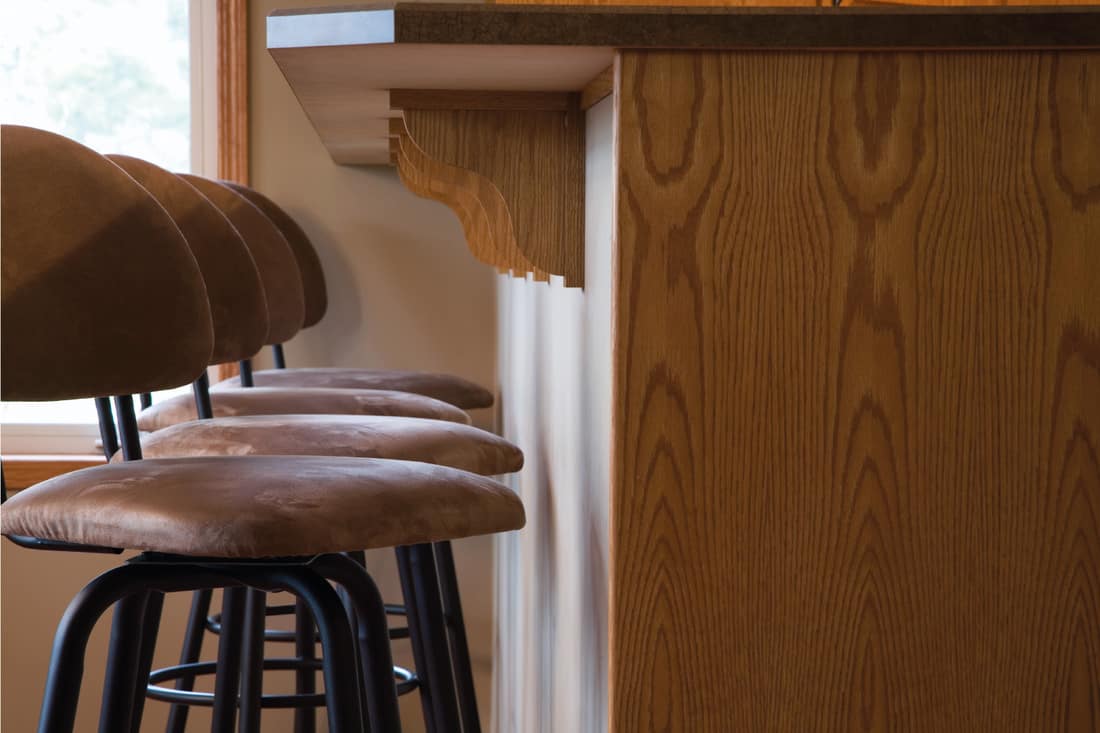
We have given you seven ways to protect your breakfast bar wall, and all of them can be adapted to fit your style needs. So check out each one below for ideas on what will work best for you!
Using Tile
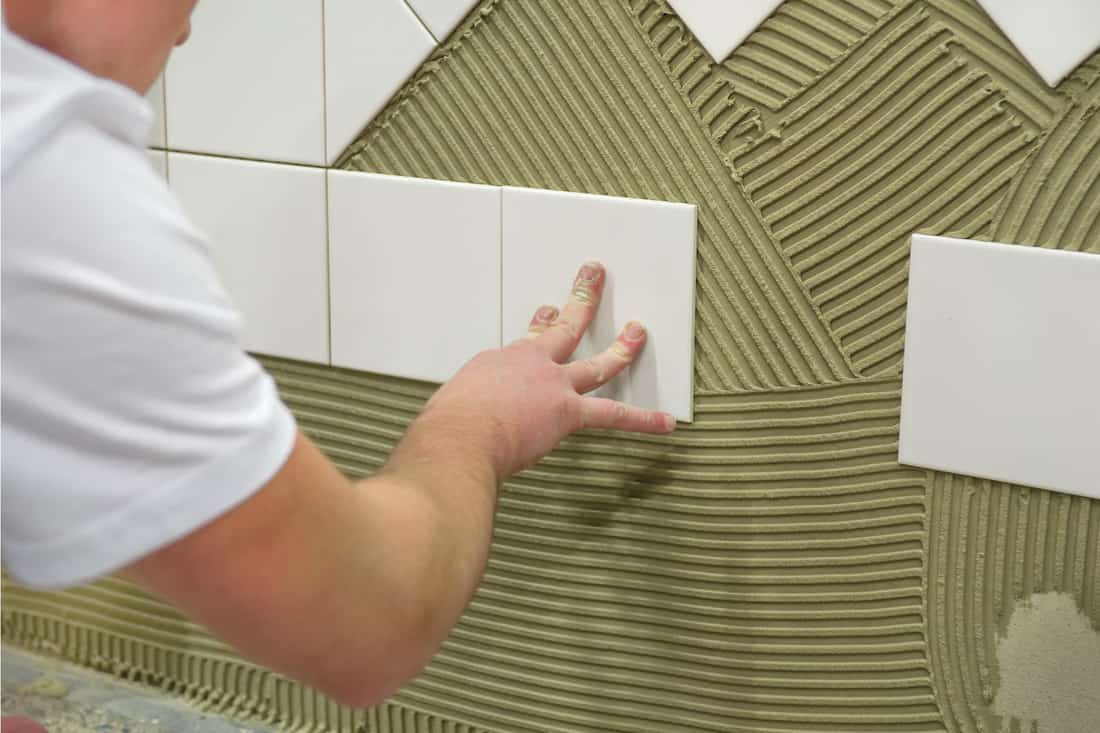
Out of the options we've given you, this one might be the most complicated and expensive. However, tile can not only protect your wall; it can add a stunning visual aspect to an area that might've seemed plain before. Tile is a durable, easy-to-clean surface, so it's a great option for under the bar where you might have to wipe the wall frequently. Don't choose tile if you aren't fully committed, though, because it can be a pain to get rid of. We'll discuss some more temporary options soon.
Tiling a wall can be difficult even for those who have tiled a floor before, so this option is often best left to the professionals.
Click here to see Art3d Decorative 3D Wall Panels on Amazon.
Adding Backsplash
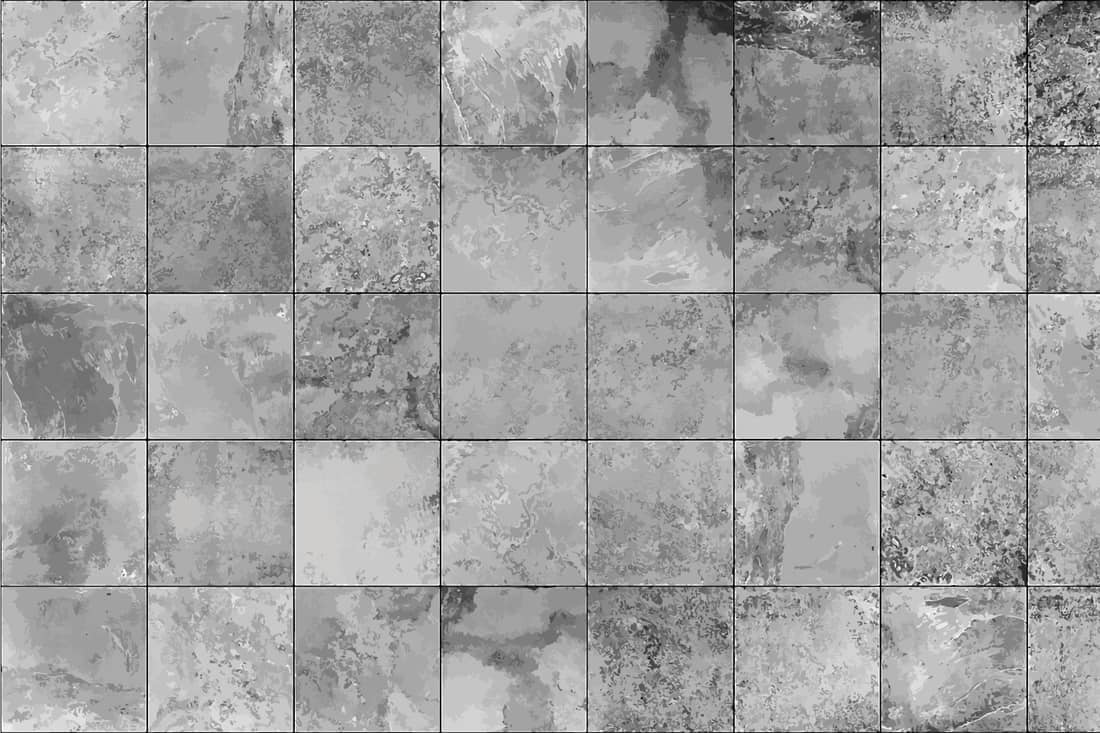
You might be thinking, "well, isn't backsplash the same as adding tile?" Some backsplashes are made of tile, yes, but there are also some really great peel-and-stick options available now that take away all the stress of having to tile an area. They are available in various materials and styles, are affordable, and are also easy to clean, and they are a less permanent option than tiles.
Click here to see LONGKING 10-Sheet Peel and Stick Tile on Amazon.
Use Temporary Wallpaper
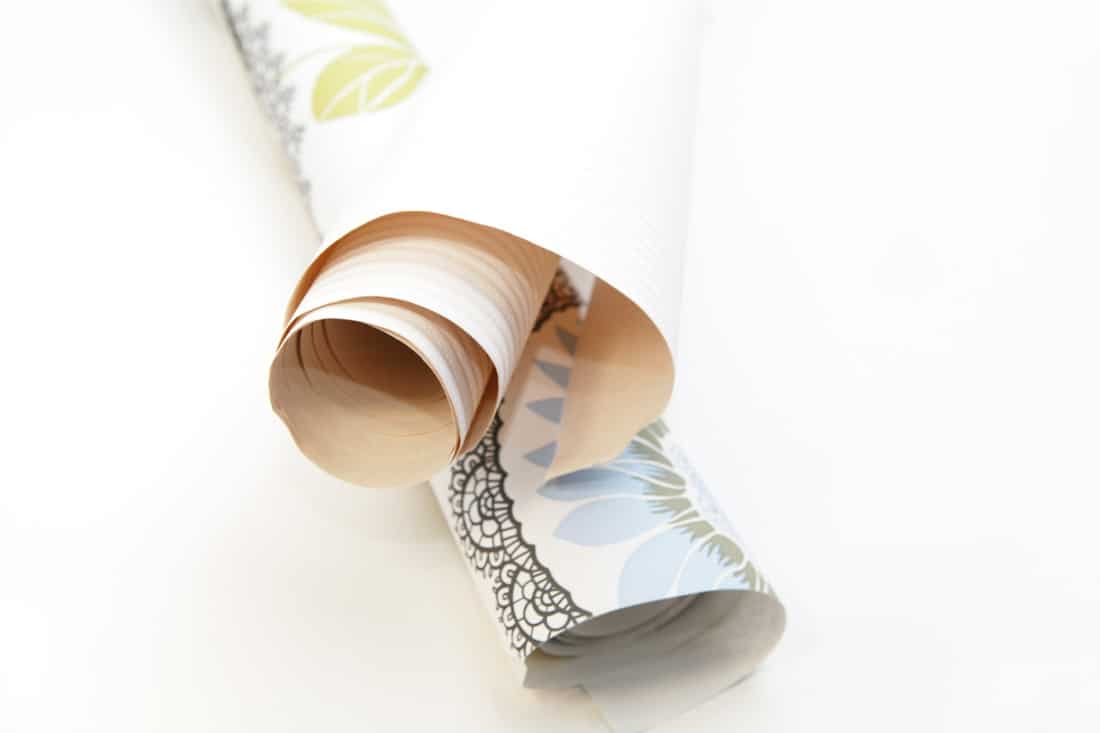
Like backsplash, there are also peel-and-stick wallpaper options too. Vinyl wallpaper would be the easiest to clean, but you can choose a different material if you don't mind replacing sheets if they become damaged. The wallpaper is often sold in rolls of around 31-35 sq. ft, so make sure you measure your area beforehand.
Click here to see HaokHome Peel and Stick Wallpaper on Amazon.
There are hundreds of wallpaper designs available, but for some ideas on what will go well with your kitchen, check out our other blog post, 16 Vinyl Wallpaper Suggestions for Your Kitchen
Carpet Squares

If you want a softer look or way to protect your wall under your breakfast bar, considering adding carpet. You can do this with carpet squares or carpet remnants. The easiest option for installing carpet squares is to choose ones that come with an adhesive already applied to the back.
Click here to see Peel and Stick 12x12 Carpet Tiles on Amazon.
Wood Planking
For a more rustic look, consider adding reclaimed wood planking. Peel-and-stick options, like Stikwood, offer easy DIY adhesive planks that you can add to your breakfast bar wall. You will need a thin-blade saw such as a hand saw, a mitre saw, or a chop saw to cut them to the correct size, but the extra labor can be worth it as they can last up to ten years. Remember, though, that these are semi-permanent, which means they can be pried off the wall. You will also need to put in some work to remove any residual adhesive from the area.
Click here to see Stikwood Reclaimed Wood Wall Planking on Amazon.
Beadboard
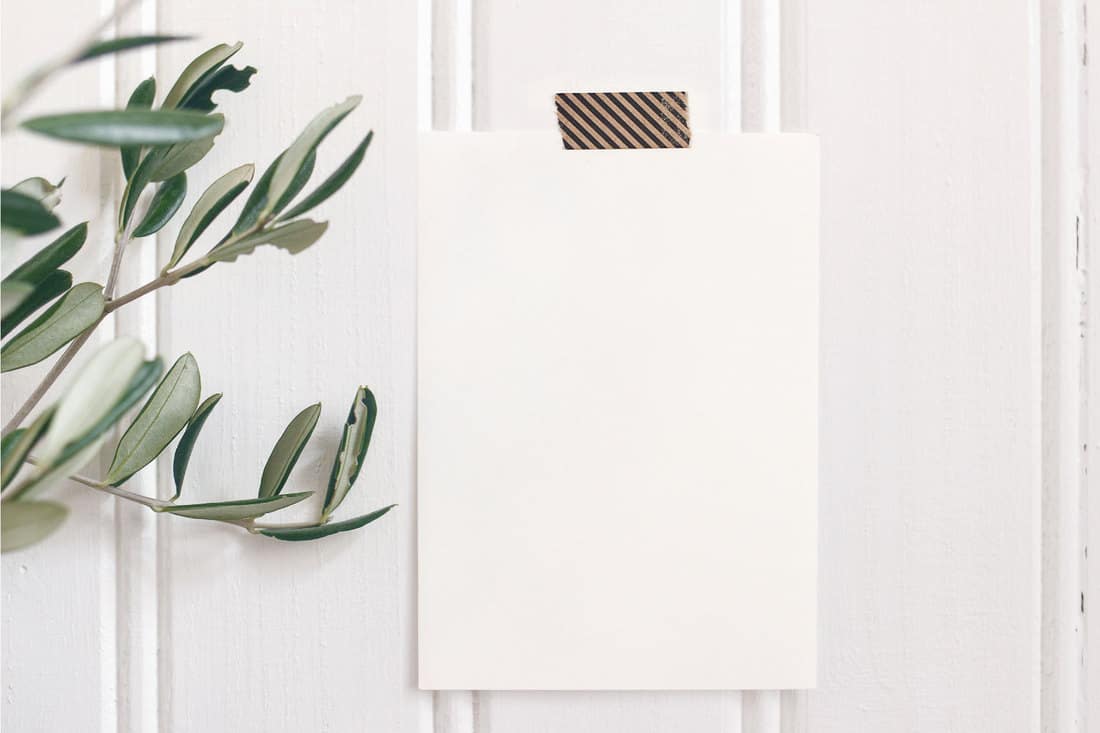
Another great, affordable way to protect your breakfast bar wall is to add beadboard. Beadboard is a type of paneling, seen in the background of the photo above, that can be used all over your home. You can ask your local hardware store to cut the piece to the size you need. Nail it to the wall or use an adhesive like liquid nails, caulk any gaps and then paint it the color of your choice, and then you're done!
Click here to see Liquid Nails on Amazon.
Scuff-resistant Paint
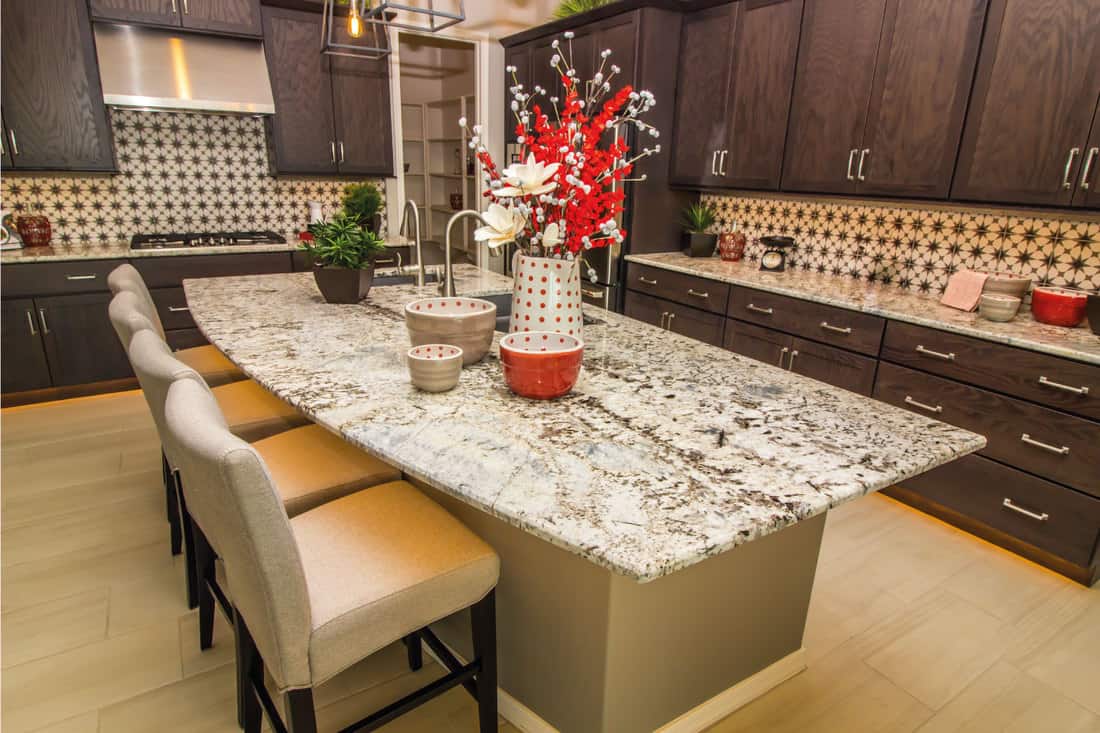
Finally, if you really don't want to add any texture or too much "busyness" to your wall, you can use a scuff-resistant paint, such as Scuff-X, to your wall. They are available in hundreds of colors. It is designed for high traffic areas and can withstand any of the abuse it might face under your breakfast bar. Many of these paints are washable and, therefore, easy to clean! Follow any directions on the can for application.
Click here to see Benjamin Moore Scuff-X on Amazon.
Equipment
For most of our options, you will need a way to cut material to the right length, a level to make sure you apply it straight, and if you are not using a peel-and-stick option, a way to attach the material to your bar wall. Make sure to follow any manufacturer's recommendations for the best way to apply your material.
Breakfast Bar Dimensions
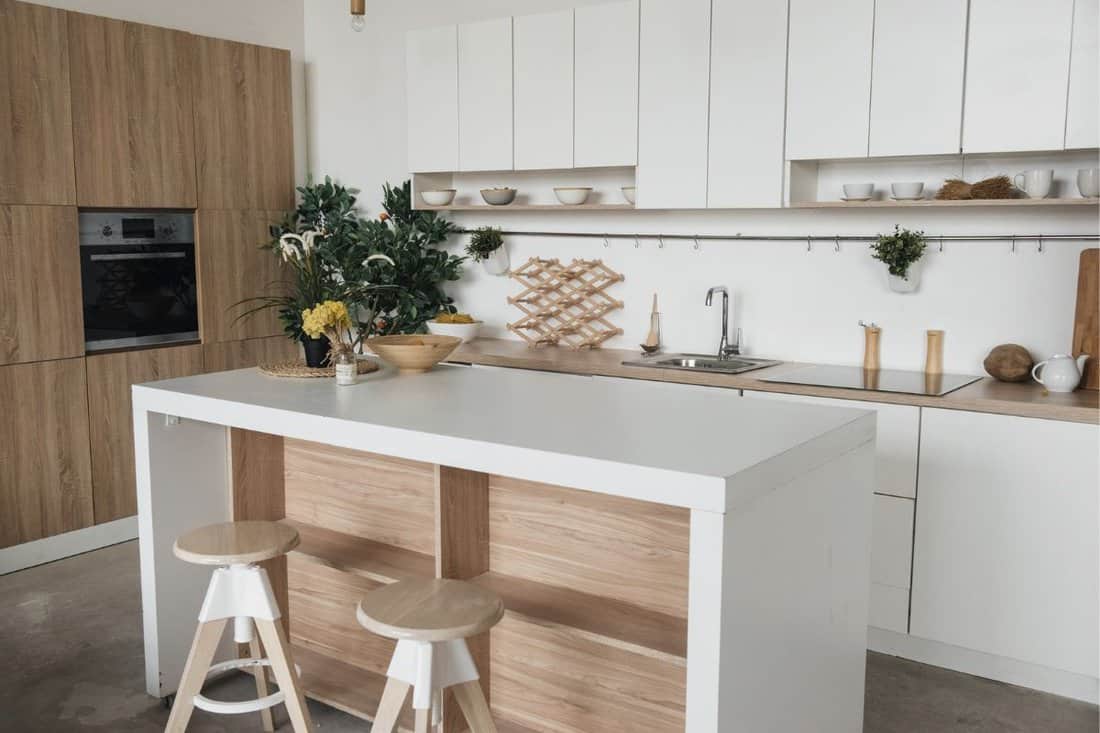
If you're reading this article, you may already have a breakfast bar installed and ready to go. Still, if you're thinking about adding one to your home, you'll need to know how tall your breakfast bar should be, how wide, and how much of an overhang you should have to seat people comfortably.
How Tall Should A Breakfast Bar Be?
There are three standard heights for a breakfast bar. "Table-height" is used to refer to a bar that is 30 inches tall. "Counter-height" refers to a 36 inches tall bar, and "bar-height" is referred to a bar that is 42 inches tall. You will want to consider who will be using your breakfast bar to determine how tall yours should be.
Since there are different heights to breakfast bars, there are also certain chairs for the respective heights. For more help on this subject, check out What Is The Difference Between Bar Stool And Counter Stool?
How Wide Should A Breakfast Bar Be?
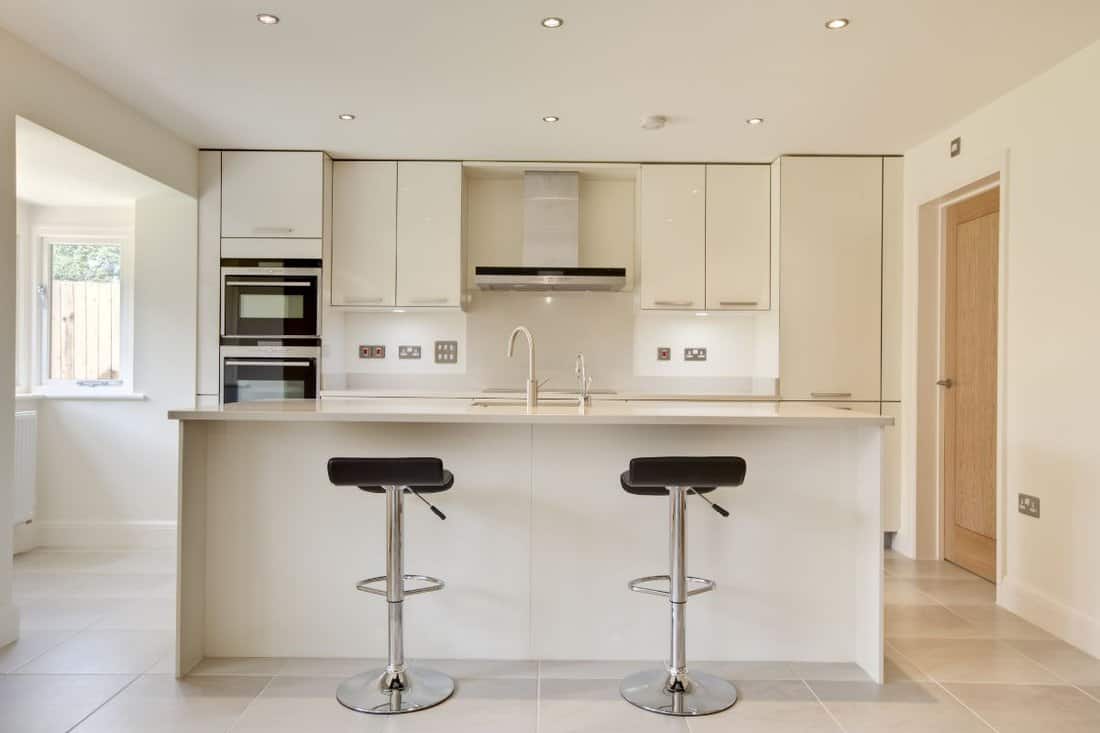
The width of your breakfast bar depends on how many people you want it to seat. Each person needs about 24 inches of space to eat comfortably, so multiply this by the number of people you want to be able to seat, and you'll have the width you need!
What Should The Overhang Be On A Breakfast Bar?
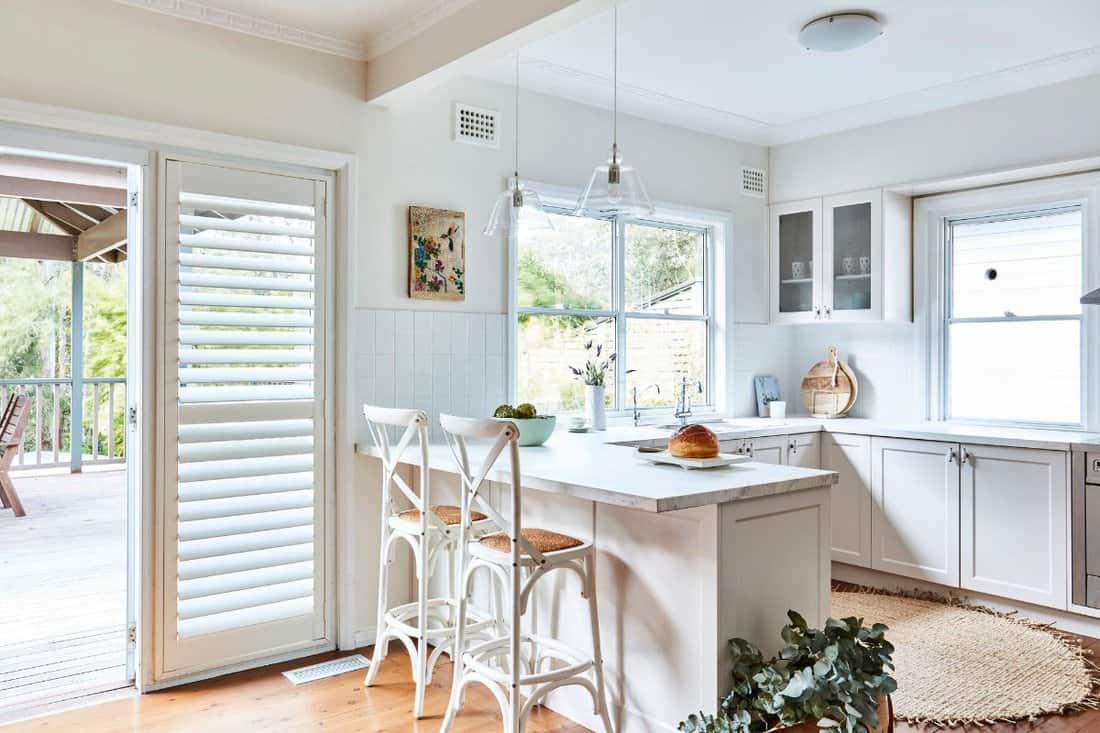
The overhang on a breakfast bar is the area that extends out over your legs. You need enough space to accommodate the people who will sit there, so don't try to cut back on the amount of overhang because it will force people to sit further away from the counter.
As we mentioned above, there are three standard heights for a breakfast bar, and with those heights come overhang recommendations. For a "table-height" bar, your overhang should be 18 inches. For a "counter-height" bar, your overhang should be 15 inches, and for a "bar-height" breakfast bar, your overhang should be 12 inches. Remember that you want people to be able to sit comfortably at your breakfast bar, so if you have taller family members, you may want to add more of an overhang to accommodate them.
Final Thoughts
We've given you lots of ways to protect the wall under your breakfast bar. There are affordable, DIY options and options that might require a professional's help, but hopefully, you can use our suggestions to choose the best option for you!








